“There Is No Design Without Discipline. There Is No Discipline Without Intelligence.”
“There is no design without discipline. There is no discipline without intelligence.”
— — MASSIMO VIGNELLI
More Posts from Iphleandro-blog and Others
“Gödel’s incompleteness theorems argue that the truth of some mathematical systems are unknowable. Alan Turing extended that idea to computers, showing that there are some algorithms for which it is impossible to know whether a computer can complete the calculations for in a finite amount of time. Now, a team of physicists believe they have extended the concept even further to the physical realm. In a finite 2D crystal lattice of atoms it is known that it is possible to calculate in a finite time the “spectral gap"—the amount of energy between the lowest energy level of the electrons in a material and the next one up. In the new work, Toby Cubitt of University College London and his colleagues appear to have shown that in an infinite 2D lattice the calculation of the spectral gap it is impossible to know if the calculation ends. If true, that means that even if the spectral gap is known for a finite-size lattice, the value could change abruptly with just the addition of a single atom and it is impossible to know when it will do so.” - Physics Today

( Kurt Gödel (left) demonstrated that some mathematical statements are undecidable; Alan Turing (right) connected that proof to unresolvable algorithms in computer science. )
Article by Nature: Paradox at the heart of mathematics makes physics problem unanswerable
Rose and me

Spectacular fossil collection starting off with whales and other ocean-dwelling organisms at the Gallery of paleontology and comparative anatomy, France
This is how far into the earth humans have dug so far.
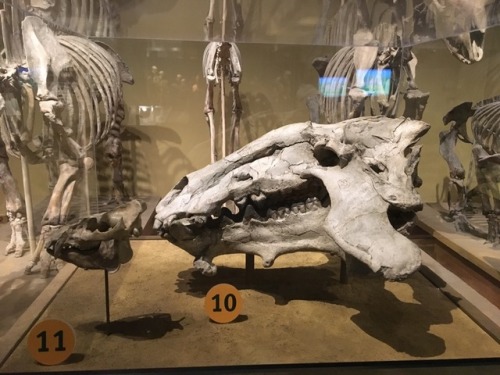
Entelodonts: terrifying.
Shown here compared to a modern pig skull on the left. (Entelodonts were actually more closely related to whales and hippos than pigs.)
Leap Day…Why Does It Exist?
Once every four years, an extra calendar day is added: a leap day. But why?
The reason for adding leap days to the calendar is to align the calendar year with the actual year – which is defined by the time it takes Earth to circle the sun. It is equal to 365 days, 5 hours, 48 minutes and 46 seconds, or 365.24219 days.

If all calendar years contained exactly 365 days, they would drift from the actual year by about 1 day every 4 years. Eventually, July would occur during the northern hemisphere winter! Wouldn’t that be weird?
To correct (approximately), we add 1 day every 4 years…resulting in a leap year.
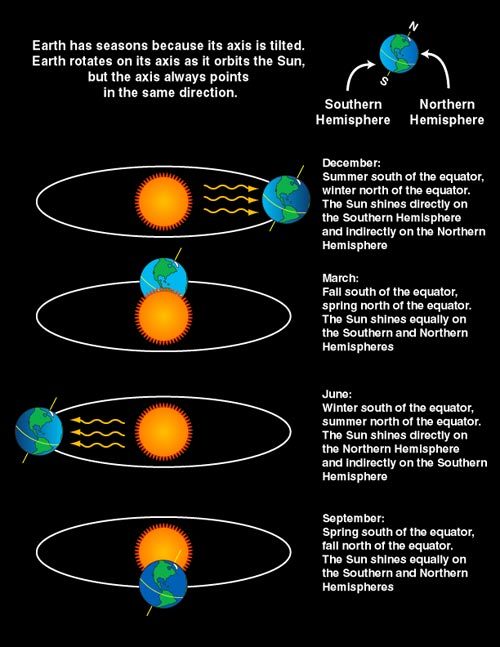
By making most years 365 days but every fourth year 366 days, the calendar year and the actual year remain more nearly in step.
Make sure to follow us on Tumblr for your regular dose of space: http://nasa.tumblr.com



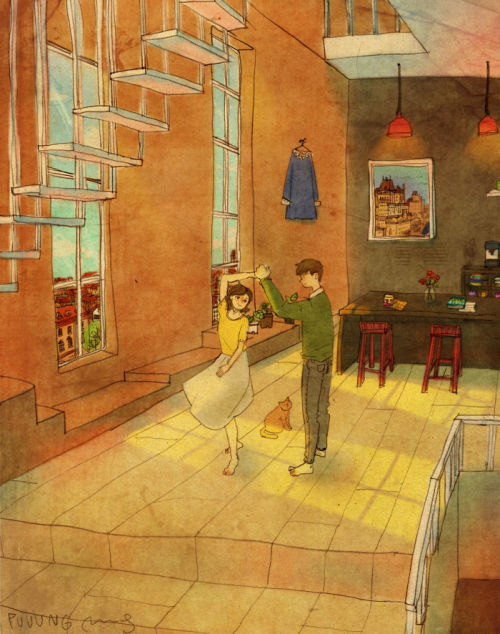

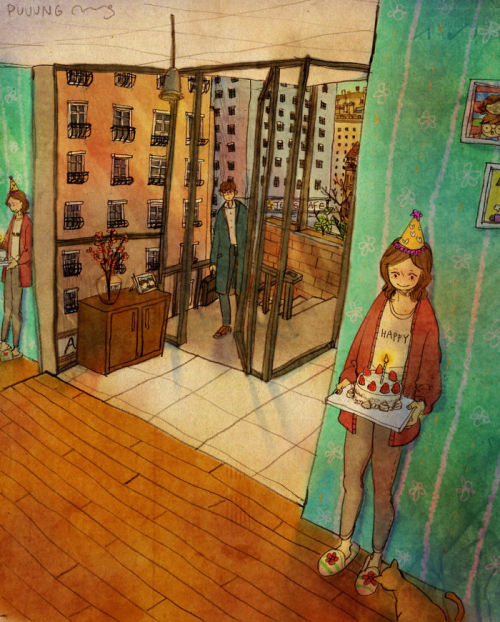

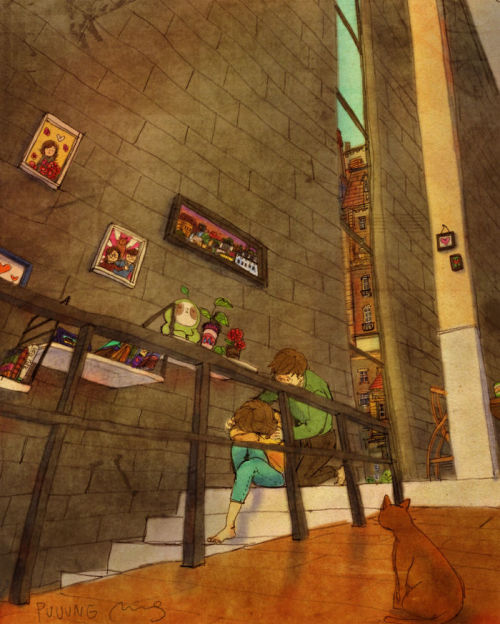

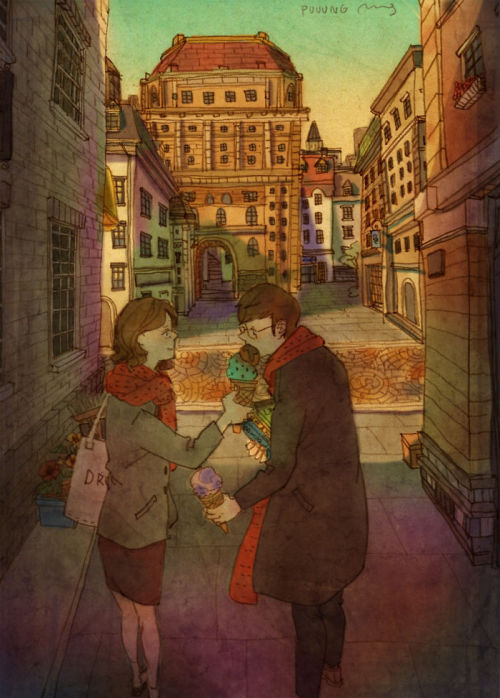

“Love Is” In Small Things
Apparently, Luzia’s section of the museum is ruined.
She was a fossil known as “the first brazilian”, because hers were the oldest homo sapiens remains found in brazilian soil. Her skull was discovered in Minas Gerais in the 70′s and anyone who visited the national museum from the 80′s until now has seen her face.
Descanse em paz, mais uma vez, Luzia.


Glacial Striations and Stromatolites and Geology, oh my!
This photo is a two-fer: two awesome geology features in one! On the surface of this rock you will notice faint lines that stretch from the lower left hand corner of the image to the upper right hand corner. These lines are called glacial striations and they form as a glacier scratches the rock surface as it moves.
The rock surface that was scratched by the moving glacier represents an entirely different time, waaay before the glaciers, when stromatolites dotted the shoreline of an ancient water body that covered Montana. The circles that you see in the rock are the tops of stromatolites, formed by ancient cyanobacteria.
A great place to see stromatolites and striations is on the Grinnell Glacier Trail. For your best chance of seeing these features free of snow, try hiking the trail in late July or August. NPS Photo
[Image Description: Lines and circles etched into a rock surface.]
-
 iphleandro-blog reblogged this · 6 years ago
iphleandro-blog reblogged this · 6 years ago -
 lessonplanmore-blog reblogged this · 12 years ago
lessonplanmore-blog reblogged this · 12 years ago